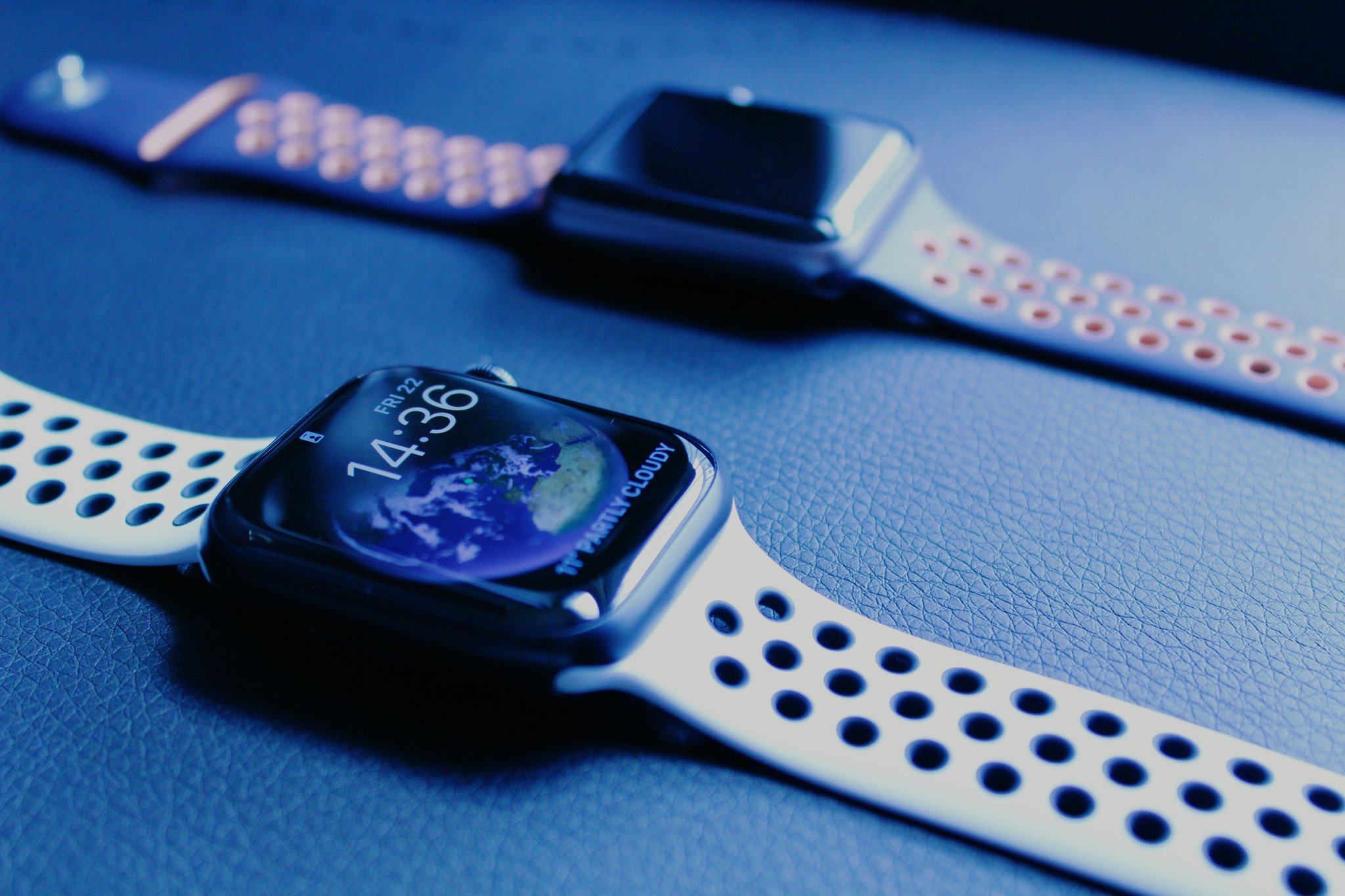iMore Verdict
Bottom line: Despite appearances this is a pretty big leap for Apple Watch, and the new display is killer.
Pros
- +
Awesome larger display
- +
Faster charging
- +
All-day battery life
- +
Always-on now brighter
Cons
- -
No new health features
- -
Limited upgrade over Series 6
You can always trust iMore.
The Apple Watch Series 7 wasn't the redesigned darling that rumors had suggested before launch. In fact, if you weren't paying attention, you might not even know you're looking at a Series 7 over a Series 6. But as someone who was using a Series 3 before, I can tell you that this Apple Watch is a giant upgrade for older Apple Watch users.
While I don't believe there's enough here to justify a Series 6 user upgrading after one year, there is more than you might think to the question of whether or not to upgrade. Most iPhone owners have never owned an Apple Watch, but the Series 7 is the best Apple Watch to date and the one to pick if you're about to take the plunge for the first time. Especially since we have no idea if the Apple Watch Series 8 will get that redesign we kept hearing about.
Much of the Apple Watch Series 7 is similar to last year, so this review will focus on all that's changed. Of course, that means the display, tweaked design and new colors, the S7 chip, and battery life (more specifically charging). Here we go.
Apple Watch Series 7: Price and availability
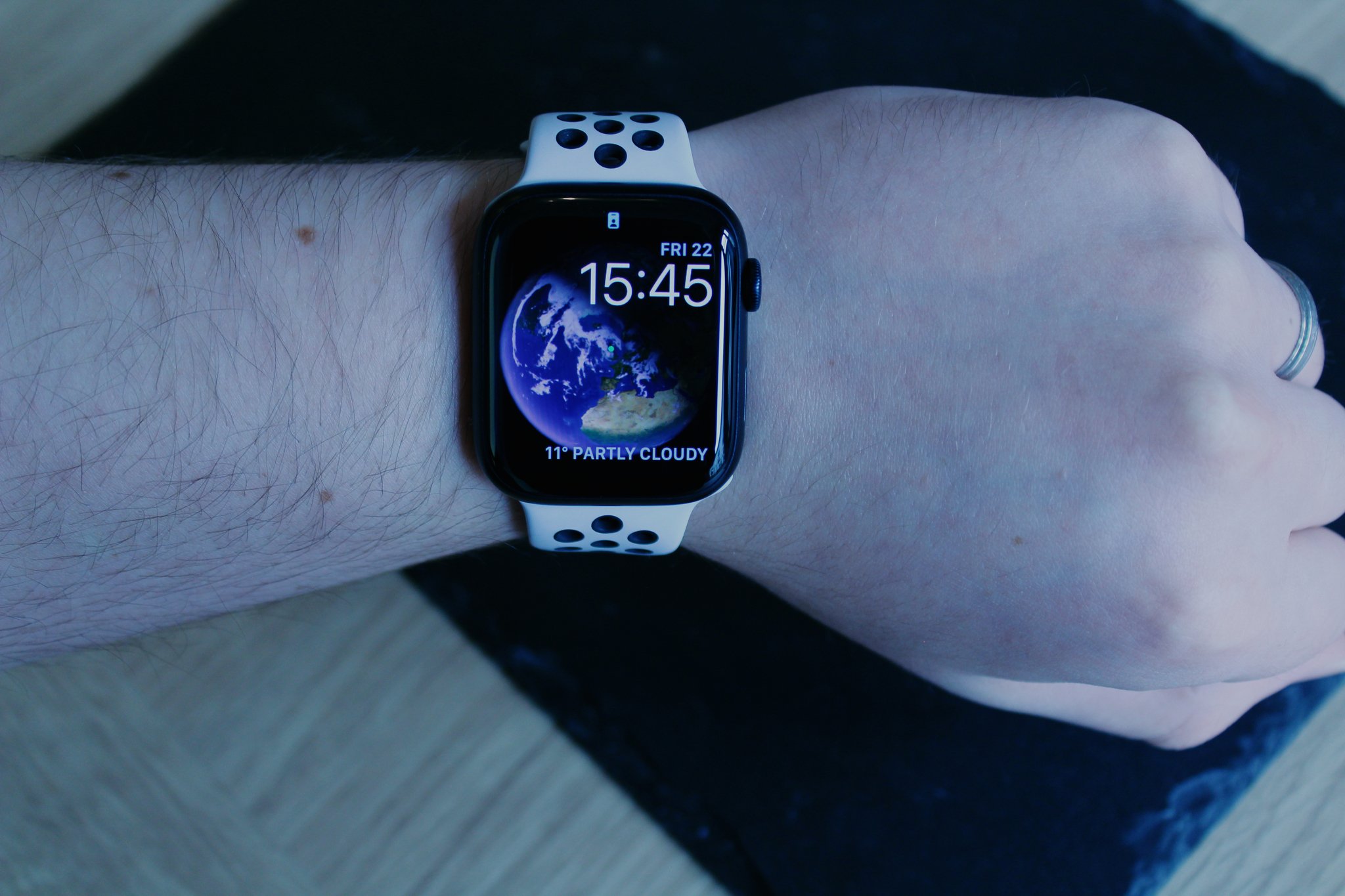
Mercifully, the Apple Watch Series 7 follows the same pricing structure as the Series 6. It is also available from all the usual suspects in all the usual places as per years gone by. You can buy the Apple Watch from Apple, and a host of third-party vendors in-store and online, including Amazon, Walmart, Best Buy, Adorama, and also numerous carriers such as Verizon and AT&T. Although exercise a bit of caution, as Watches sold through carriers tend to come attached to cellular plans, and you'll probably need an existing plan to get started. That being said, if you like your carrier, and you're considering a cellular Apple Watch, it can often prove a great option.
Like the Series 6 (I'll be saying that a lot in this review), the Apple Watch Series 7 starts at $399. That price nets you the smaller of the two watches, the 41mm version, in one of five Aluminum colors, three of which are new: Midnight, Green, and Starlight. The Stainless Steel Watch starts at $699, again in the smaller size, and the Titanium 'Watch Edition' starts at $799. The price of your Watch varies most depending on size, GPS vs GPS + Cellular connectivity, and the accompanying band you choose. For instance, an Aluminum model is decidedly more expensive ($449) when paired with a Leather Link watch band, or the Braided Solo Loop.
Apple, like other retailers, offers some financing options on the Watch if you don't want to fork out for the whole hog upfront. AppleCare+ can also be added for an extra $79, or just four bucks a month.
Apple Watch Series 7: Design
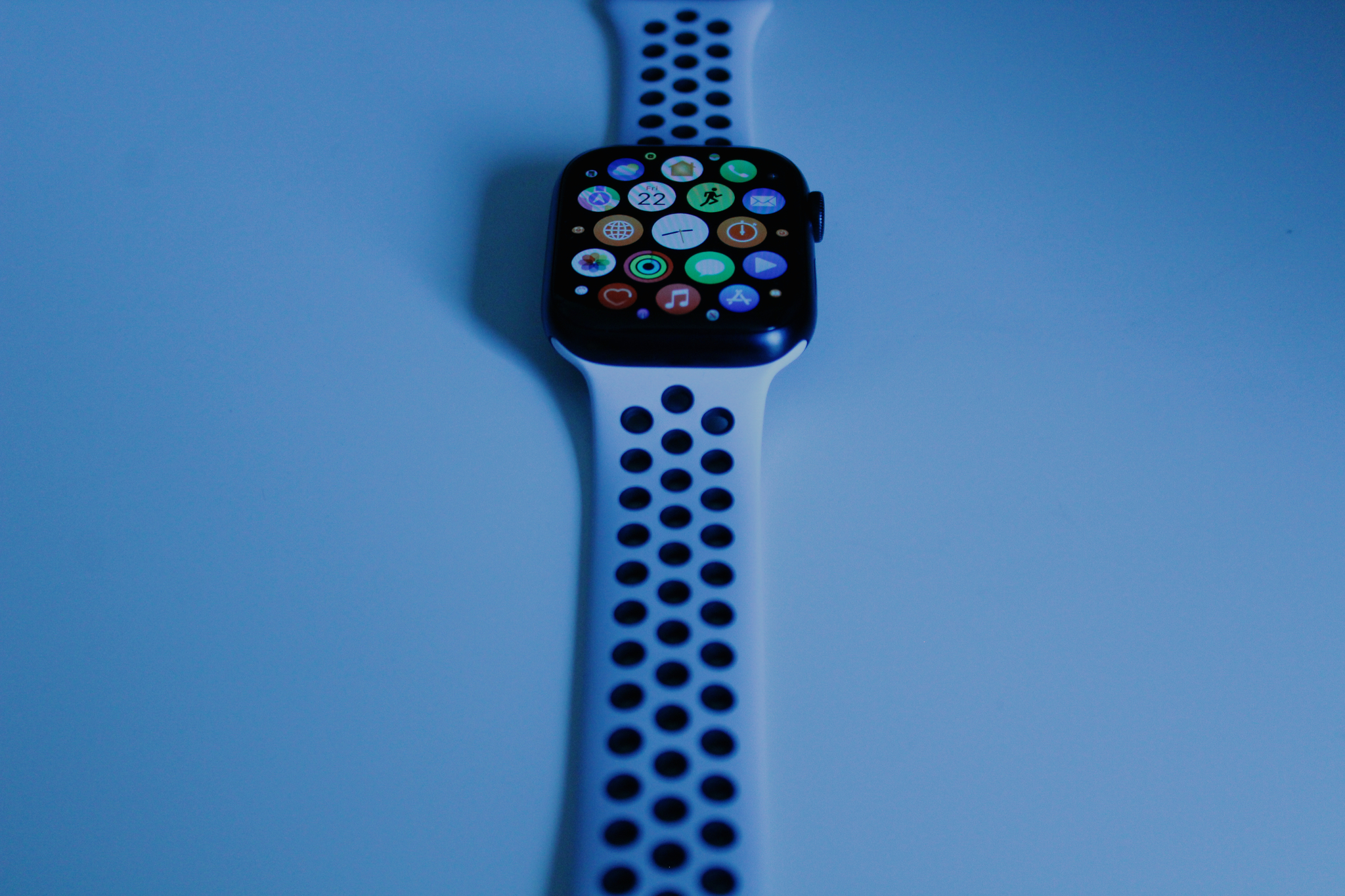
The Apple Watch Series 7's design was arguably the biggest shock of the launch event, and a welcome one at that. Multiple leaks and rumors that a new square-edged design was on the way turned out to be totally false. Instead, the Apple Watch Series 7 looks almost exactly the same as the Series 6.
However, a few subtle design changes make the new edition a real improvement on previous generations. Going from a Series 3 to a Series 7, you really notice the increased size of the display and the more rounded corners. To address the latter first, I've found the softer corners of the new Watch make the design much more appealing and even a little more comfortable to wear, certainly they make the Watch a lot sleeker, blending more seamlessly with your band and your wrist.
A few subtle design changes make the new edition a real improvement on previous generations.
My new Series 7 is noticeably larger than my old Watch, but if you're upgrading from a Series 4 or beyond the physical presence of the Watch on your wrist shouldn't feel that different. The Series 7 is only 1mm larger in height compared to the most recent previous models, the width is only different on the 41mm version (again by just 1mm), and the depth of 10.7mm remains the same across the board. That means it won't protrude any further from your wrist than previous models.
No change in thickness comes in spite of the fact the front crystal is 50% thicker than on the Series 6. Apple has also redesigned the back of the crystal with a flat base. Combined these make the new Watch much more sturdy and resistant to cracks. Apple compensated for the increased crystal thickness by integrating the touch sensor with the OLED panel, making the display thinner and reducing those borders, which we'll get into more later. The Series 7 is also dust resistant for the first time, so if you've held off on a Watch because you like baking or mucky outdoor activities, the new Apple Watch might be the one for you.
I'll get onto the display in full in the next section, but suffice it to say that Apple really wasn't joking when it said it had packed in a significantly larger display to a watch that sports almost exactly the same form factor as its predecessor.
Larger changes are actually noticeable in the weight category, compared to the Series 6, as the Aluminum, Stainless Steel, and Titanium Series 7 Watches are 1.5, 2.6, and 2.4g heavier, respectively, for the 41mm size, and 2.3, 4.4, and 3.8g, respectively, for the 44mm. This might sound negligible over previous years, but again, switching from the Series 3, there is definitely a noticeable weight difference to the new watch.
Couple that with the larger size means the new form factor has taken a little bit of adjustment, and if a lightweight, low-profile watch is important to you for exercising, this is just something to bear in mind. On the whole, however, what Apple has done in packing this larger, more vibrant display, better battery life, and SiP improvements into a Watch that barely any bigger than the previous model is definitely to be lauded. A series of seemingly negligible design changes actually add up to make a big difference, so the Series 7 feels almost like a whole new product. Paradoxically, one of the best things about the Series 7 is that despite all the new screen real estate, it feels like the design, relatively speaking, has barely changed at all.
Apple Watch Series 7: Display
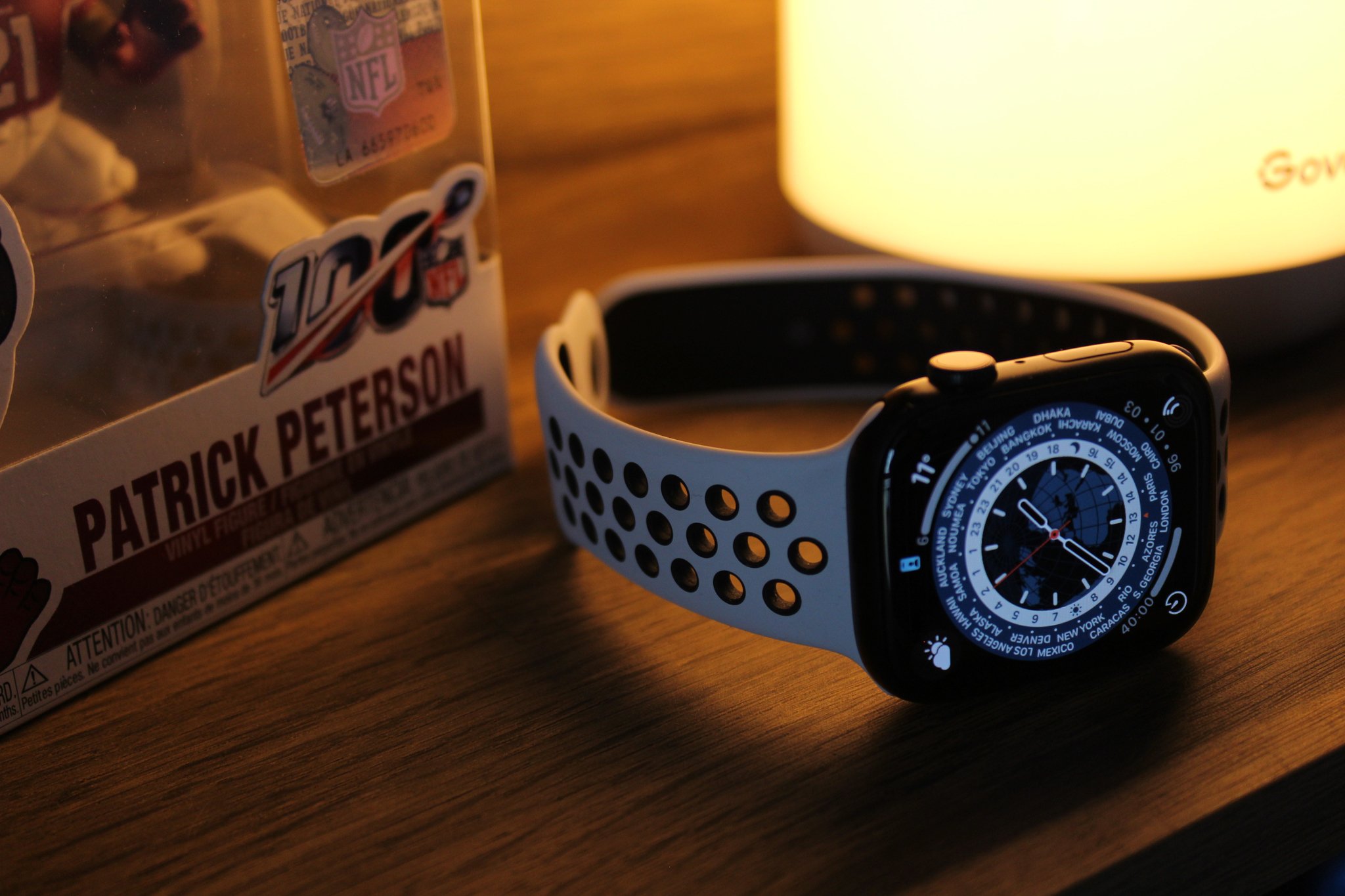
From Apple's keynote and marketing, it is clear that this year's Watch is all about the display. As a cynic, you could argue that this is because not much else has changed, but truthfully, the new display really is something to behold compared to previous models. As I'm sure you're sick of hearing, the new Apple Watch packs a considerably larger display into a form factor that is only marginally bigger than previous years, certainly not in a way that anyone would really notice from looking at it.
Despite this, the new Apple Watch is pixel city compared to the old one. The 41mm and 45mm models boast a 352 by 430 pixels and 904 sq mm display and 396 by 484 pixels 1143 sq mm display area respectively. That is almost 20% more than the 40mm and 44mm models of previous generations and 50% more than my old Series 3. Damn.
What Apple has done in packing this larger, more vibrant display, better battery life, SiP improvements into a Watch that barely any bigger than the previous model is definitely to be lauded.
Not only is the display larger, but it has also been pushed out towards the edges of the watch. When using it, you can really tell that the Series 7 makes much better use of the real estate it's given. Thanks to some cool refractive trickery, the viewing angles on the Watch are also a lot better, which go hand-in-hand with the improved always-on display. The always-on display is now 70% brighter indoors (no change outdoors) when your wrist is down. Always-on was an amazing upgrade to the Watch, I have noticed the benefit hugely going from the Series 3. If you already have an always-on Watch, this is obviously less important but Series 7 is a big jump compared to recent always-on iterations thanks to this upgrade.
Having a larger display really transforms the Apple Watch experience. Literally, everything you do on the Watch is channeled through the display, so now everything is larger and more spacious. Menus and messages seem less crowded, and for the first time, there's a whole QWERTY keyboard on the Watch. Personally, I used to struggle even entering my Watch's 4-digit passcode. Now, menial tasks like this, changing settings, and more are now easier.
Having a larger display really transforms the Apple Watch experience.
A few new Series 7 faces have been created to make use of the new size. Of course, faces are a totally subjective matter, but I will say that the new World Time face is extremely impressive, even if I'm not quite smart enough to figure out what it actually says. The Contour face, which you'll recognize from the promotional material, doesn't do it for me but is certainly a great reference point for looking at how far the new display has come. I will say that some of the faces carried over from previous generations do look almost comically large on the new display and take some getting used to, but there are always enough options and complications to ensure there's a face for everyone. With Series 7, all of them are now clearer and easier to look at, and easier to use.
Apple Watch Series 7: Performance
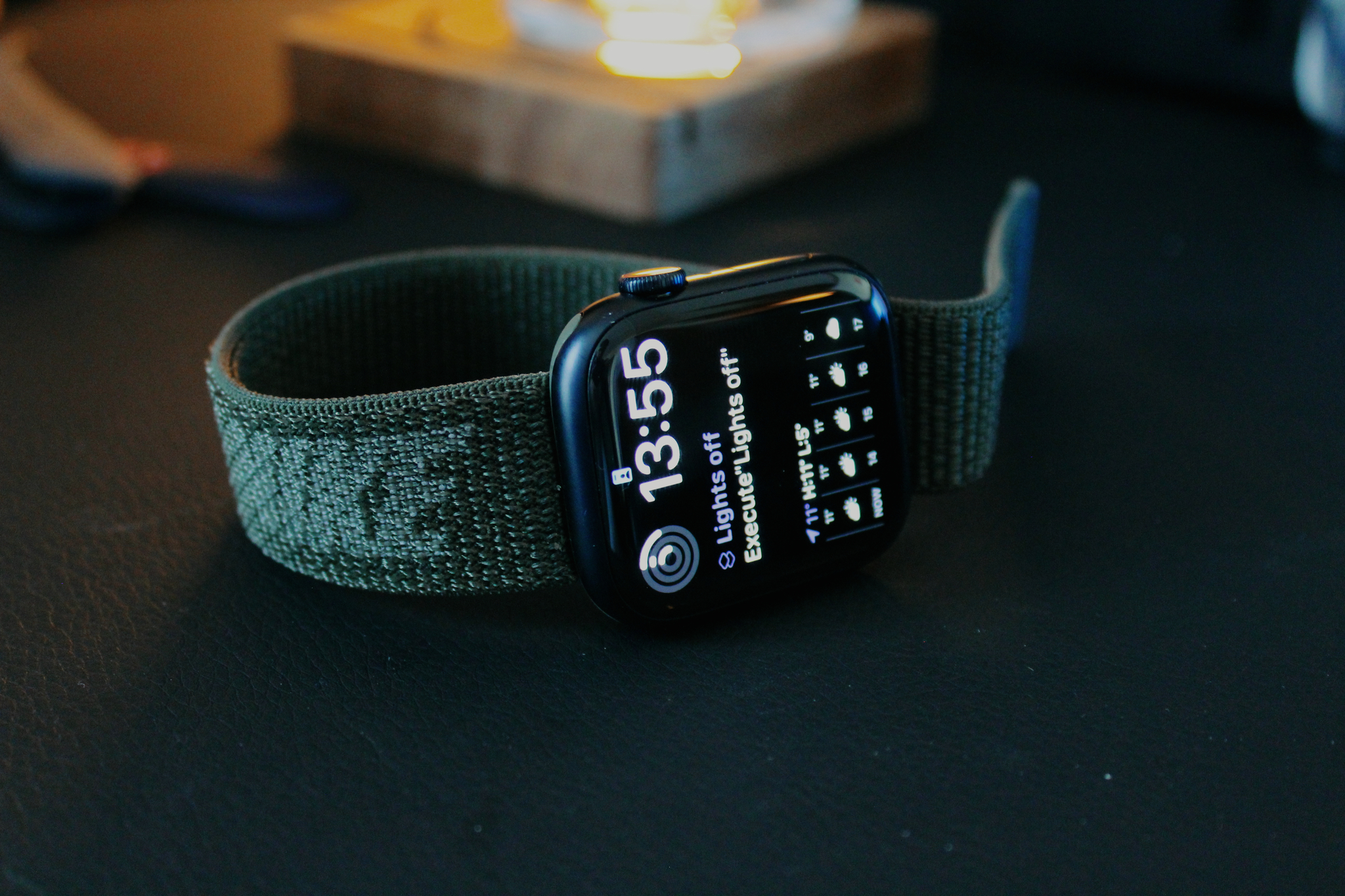
The CPU in the Series 7 Apple Watch is the same as the Series 6. The package it comes in has been updated with new display drivers and a new power management system. This means that if you're using a Series 6 Apple Watch, you won't notice any jump in day-to-day performance — everything should be just as snappy and responsive as it was before. Users of the Series 5, SE, or earlier will definitely notice the new spring in Series 7's step, given that it's 20% faster than those models and much faster than the older models. Mainly, package changes help to control the new updated display and keep battery life numbers up, which we'll get to in the next section.
Admittedly, the chip is one of the biggest reasons a Series 5 (or earlier) user might consider upgrading, and one of the biggest reasons why a Series 6 owner might decide to skip this year.
Apple Watch Series 7: Battery
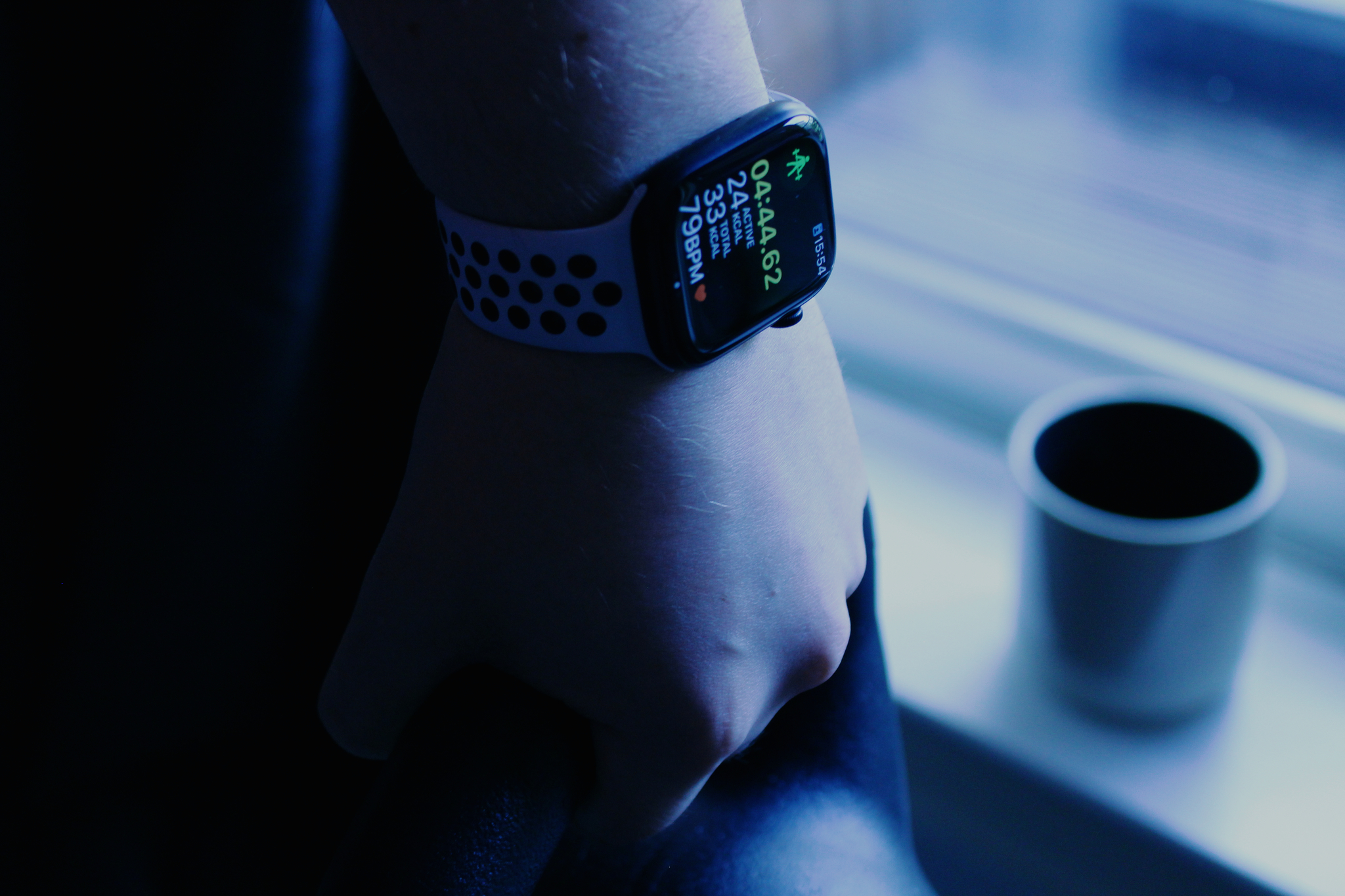
At first glance, you might be disappointed that the new Apple Watch Series 7 comes with the same nebulous "all-day" battery life promise of the Series 6. After using it for a few days and seeing the new display, I'm actually thankful the battery life hasn't diminished year on year. My Watch has offered me a full day's use (7 am workout until 10:30 pm switch-off) with up to 47% left in the tank at the end of the day. Another 7 am workout later, at 11:30 am the following day I still had 28% left.
Apple says that with the introduction of sleep tracking on Apple Watch, it has noticed a shift in the way users use, and charge, their devices. Charging is now 33% faster on the Apple Watch Series 7, taking into account that people now tend to use their watch all day, charge it before bed, and then put it back on to track their sleep, as opposed to charging it overnight. To this end, you can charge your Series 7 for just eight minutes to enable a full 8-hours of sleep tracking, and zero to 80% takes just 45 minutes. The key to this is the improved battery connector on the back of the watch and corresponding changes in the new charge cable's puck. This means that you'll only get the full fast-charging experience if you use the charger that came in the box with your new Watch. If you use a third-party stand or any other charger from Apple, you'll get the regular charging speed from last year.
You can charge your Series 7 for just eight minutes to enable a full 8-hours of sleep tracking, and zero to 80% takes just 45 minutes
If like me you don't wear your Watch whilst sleeping, you should find yourself charging your Watch every 1.5 days, as opposed to every day on older models. If you're a Series 6 owner, you'll be upgrading for faster charging, but not longer life. Make no mistake though, the upgrade to charging is a big one and makes the Apple Watch a much more reliable companion if sleep tracking is important to you. And like I said, given the improvements to the Watch's display, the fact the battery life hasn't diminished I think is an accomplishment in and of itself.
Apple Watch Series 7: watchOS 8
As you might expect, the Series 7 runs Apple's latest version of watchOS. You can read about it more in our watchOS 8 review. New features include Focus, Mindfulness, and more. As noted, there are a couple of new faces in watchOS 8 designed to take advantage of the Series 7's larger screen. The best thing I can say about watchOS 8 on the Series 7 is that every single interaction with the software is better thanks to the larger display. Everything is clearer and easier to read, and easier to tap, press, and swipe. I gave the QWERTY keyboard a quick try so that I could write "too small to be of any use" in the review, and quickly found out this actually isn't the case at all. It works very well using either taps or swipes and is a real and viable way of communicating.
Apple Watch Series 7: Competition
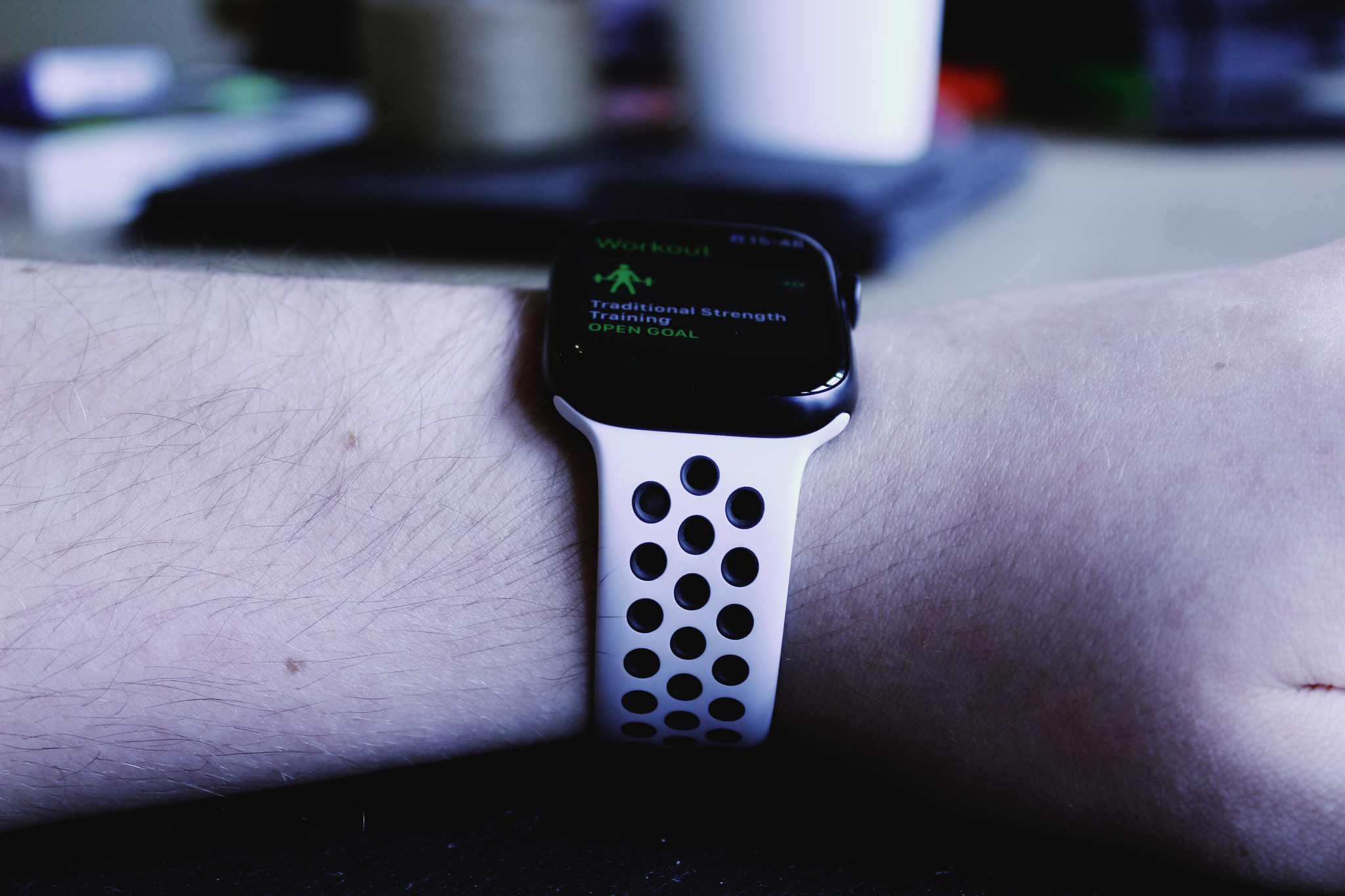
Competition is hard to come by with the Apple Watch. I wouldn't recommend any Android alternatives, as you'll never experience the same cohesion or compatibility with your iPhone that you get with an Apple Watch. Honestly, the range is in a league of its own, which means the Series 7 is mostly fighting for attention with Apple's existing and older models.
Apple still sells the Apple Watch Series 3, but truthfully I don't think that's a sensible purchase in 2021. Thanks to the best Apple Watch deals available, you can get your hands on the Apple Watch SE and Series 5 at more competitive prices. The Series 6 is also still an option, but that offered limited gains over the Series 5, so if having the latest and greatest in that important to you, the 5 and the SE offer tremendous value.
If activity is all your interested in, you might want to consider any of the best fitness trackers available in 2021, such as the Fitbit Charge 5.
Apple Watch Series 7: Should you buy it?
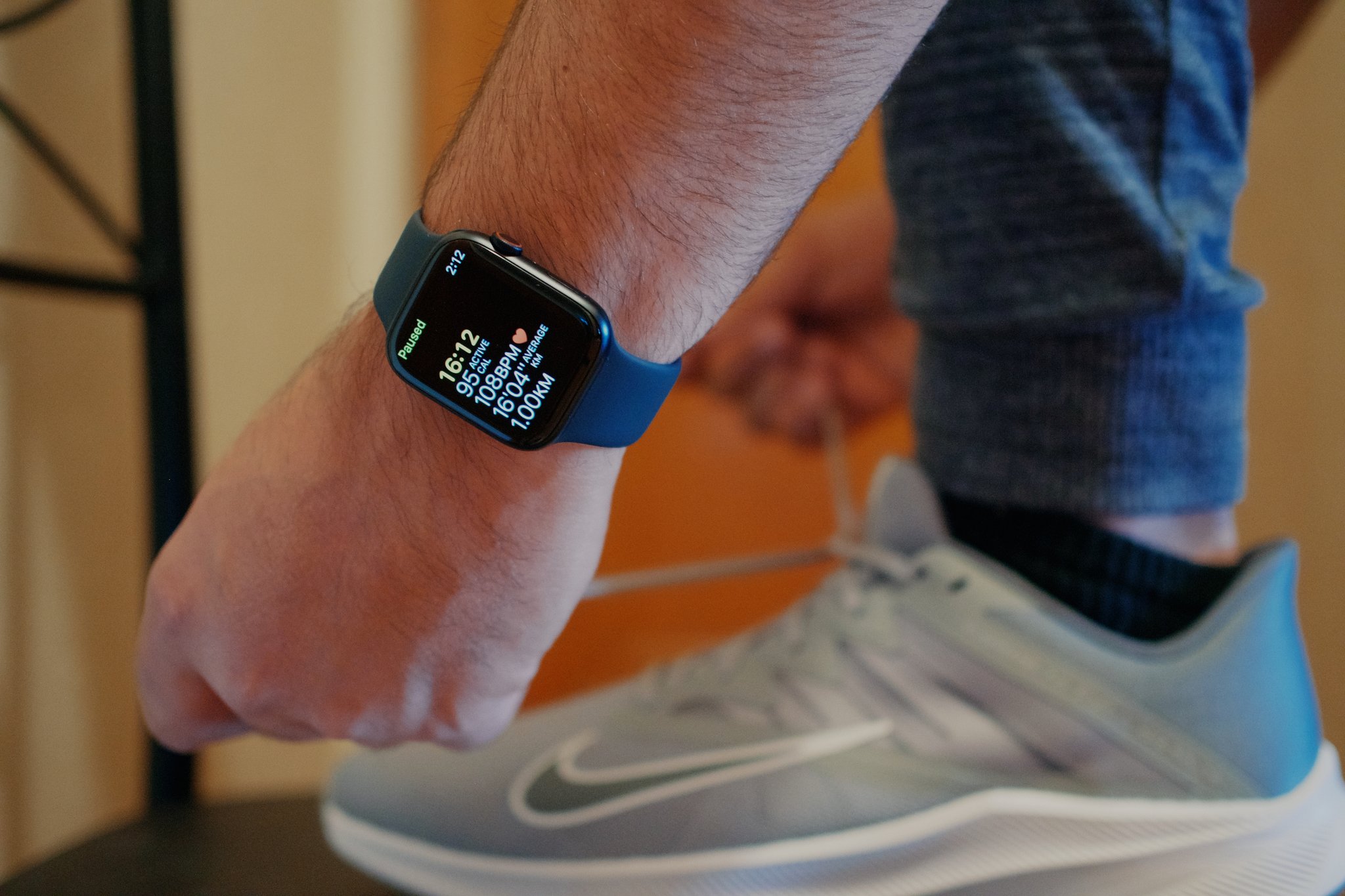
You should buy this if ...
You've never bought an Apple Watch before
While it is more expensive than the SE or the Series 3, there has never been a better time to get the flagship Apple Watch.
You have an older Series Watch you need to move on from
Series 7 is the perfect upgrade option for anyone using an Apple Watch Series 5, SE, or older.
You're well invested in the Apple ecosystem
Like all Apple products, Watch works best in conjunction and harmony with other Apple devices. And, of course, you need to have an iPhone.
You should not buy this if ...
You use Android
Obviously, you need an iPhone to use Apple Watch.
You have a Series 6
Even if you bought a Series 6 on launch day, you don't have to worry about upgrading to get any new features aside from the larger display and charging improvements.
You're on a tighter budget
The Series 7 is the most expensive Watch you can buy right now. For those on a tighter budget, the Series 5 is still a viable alternative.
The Apple Watch Series 7 is the perfect upgrade option for anyone on one of Apple's older Series models, right up to and including the Apple Watch Series 5. If you skipped Series 6 because there wasn't enough to justify the jump from the 5, you can now make the leap. If you've got a Series 6 model, it will be no more than a year old, and you can rest assured knowing you aren't missing out on too much just now.
The Apple Watch Series 7 brings the best display ever put in an Apple Watch to your wrist. If you buy a Series 7, I guarantee you'll be surprised by how large the display is and the impact this has on every single task you do on Apple Watch. If you're a Series 6 user there isn't too much to be envious of, but don't underestimate how much impact that new display has on the whole package. The Apple Watch is the best smartwatch in the game, and the Series 7 is its best version yet.
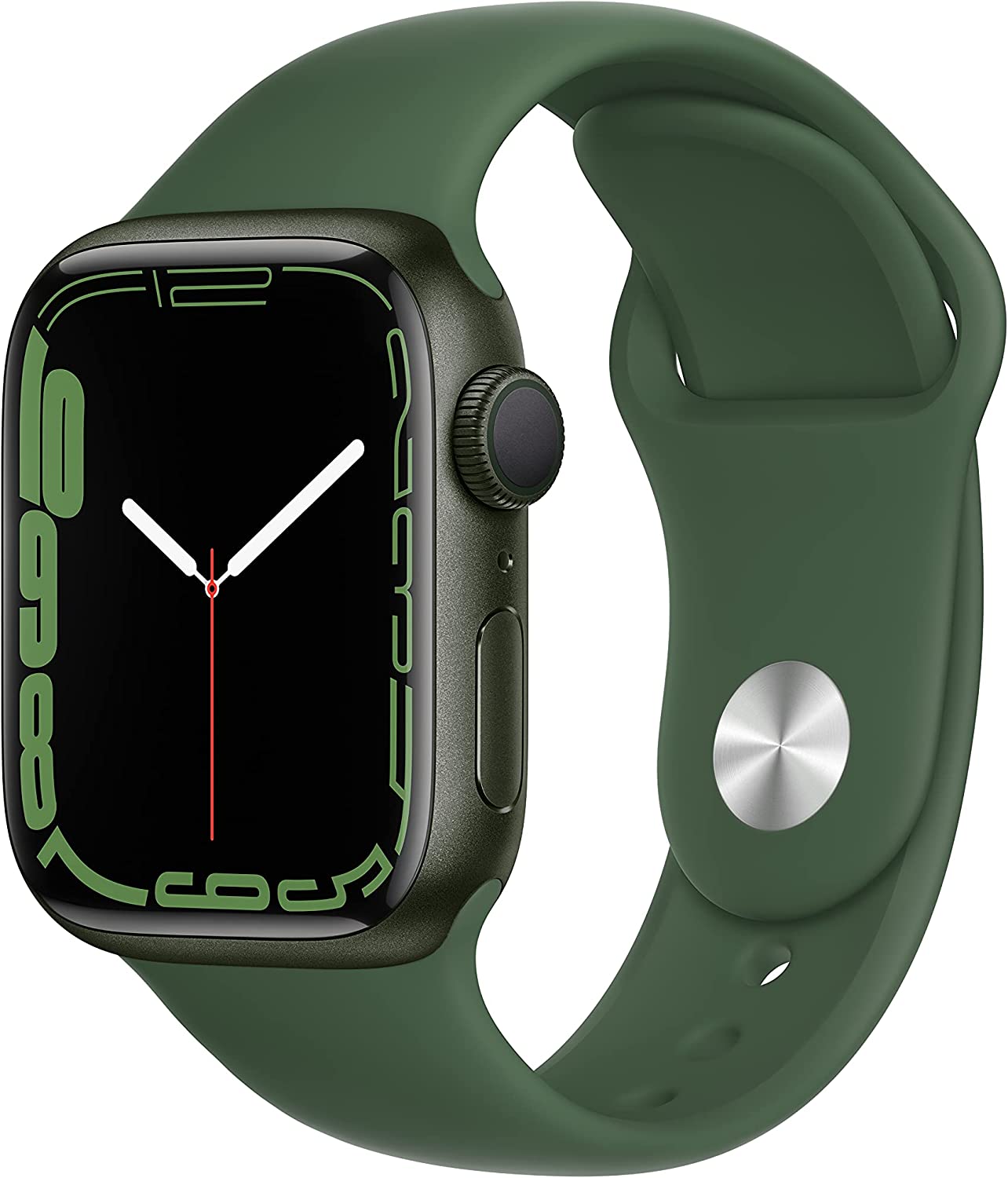
Bottom line: I love the Apple Watch Series 7. While it doesn't seem that different from the Series 6, its small upgrades make for a big difference on most previous models. It might not be worth the upgrade for Series 6 owners, but if you have something like the Series 3, consider this a must-buy.

Stephen Warwick has written about Apple for five years at iMore and previously elsewhere. He covers all of iMore's latest breaking news regarding all of Apple's products and services, both hardware and software. Stephen has interviewed industry experts in a range of fields including finance, litigation, security, and more. He also specializes in curating and reviewing audio hardware and has experience beyond journalism in sound engineering, production, and design. Before becoming a writer Stephen studied Ancient History at University and also worked at Apple for more than two years. Stephen is also a host on the iMore show, a weekly podcast recorded live that discusses the latest in breaking Apple news, as well as featuring fun trivia about all things Apple. Follow him on Twitter @stephenwarwick9
- Luke FilipowiczStaff Writer
